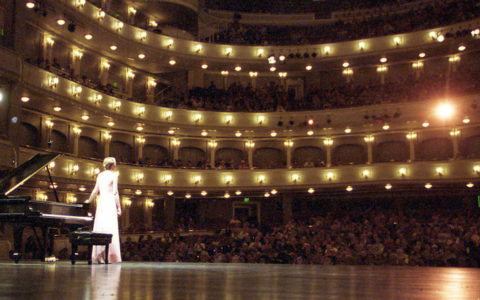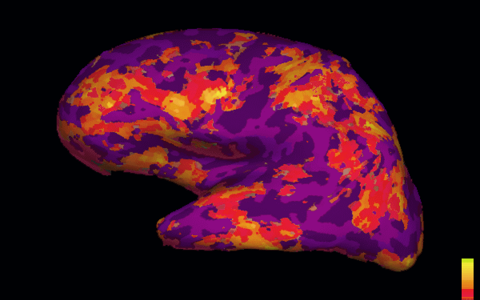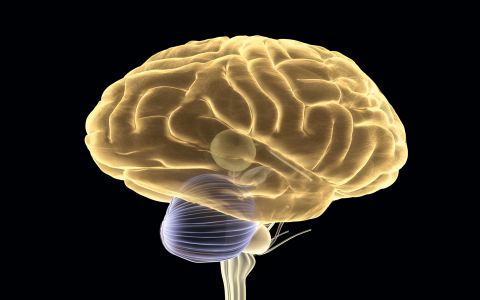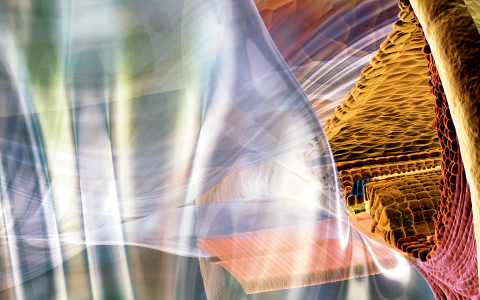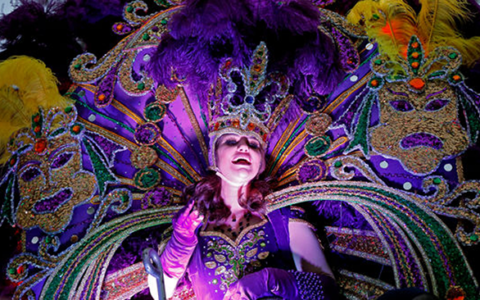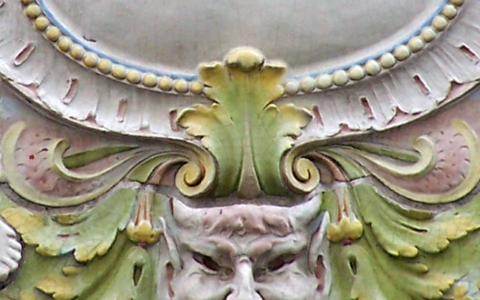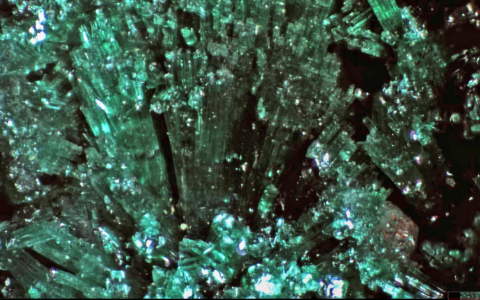Topics in Light Sonata
-
Kreisleriana
In Light Sonata, Lili commands Rupert to go mad while playing Kreisleriana. Here’s a real performer doing exactly that.
-
The Cliburn
Throughout Light Sonata, an international piano competition looms in the background—a ticking clock for Rupert, Charlie, and Baxter. Here’s what a real one looks like.
-
Homunculus
In Light Sonata, Baxter uses this little guy to help Charlie understand Rupert’s madness in playing the piano. Why are this little guy's hands and face so huge? And what’s he doing in our brains? Read how he led to one of the great discoveries in neuroscience.
-
Hallucination or Imagination?
In Light Sonata, Rupert hallucinates, yet his hallucinations are intricately bound to his piano playing. See what world-famous Oliver Sacks has to say.
-
Mirror Neurons & the Birth of Civilization
Mirror Neurons have been hailed as "the neurons that built civilization." As neurons of empathy, they feature in Light Sonata as a partial explanation for why musical performances exist.
-
Phantom Limbs & Synesthesia
In Light Sonata, Baxter uses new understandings from neuroscience to help Charlie rethink Rupert's extraordinary madness. Watch how they are helping real patients.
-
Telipogon Diabolicus
One of the loveliest moments in a writer’s life is discovering an analogy from the natural world to express complex traits of a character—and one of my favorites is the orchid telipogon diabolicus for Light Sonata. Read more about it.
-
A human the size of Barbie?
In Light Sonata, Rupert feels so small he sees Lili as a giant. A delusion? Or body illusion? Could a sane mind possibly feel as small as Barbie? See this real experiment to find out.
-
Out-of-Body Experiences
In Light Sonata, Rupert, among his other outrageous sensations, floats over the piano. What in his brain would account for such a sensation? Some kind of insanity? Or something else? Listen to what hard neuroscience has to say.
-
High-Functioning Schizophrenics
In Light Sonata, whether and how to treat schizophrenia comes up. Listen to what a real-life, high-functioning schizophrenic has to say.
-
Vision in the Brain
Throughout Light Sonata, we dip into a surreal world of extraordinary visions. But as the story unfolds, we begin to wonder about how surreal even normal vision is. Watch what real neuroscience says about it.
-
More Vision in the Brain
In Light Sonata, Charlie grapples with how intricately Rupert's visions are integrated into his hands to play the piano. Could such a connection be real? Watch what this neuroscientist discovered on the matter.
-
Hearing in the brain
Rupert hears the world through exquisite ears and has aural as well as visual hallucinations. Here is a clip from a film I made about human hearing, Through a Portal to the Mind, where we float through the ear and up into the brain.
-
More hearing from the inside
Another clip from Through a Portal to the Mind, this time showing the movement of the membranes and cells within the cochlea.
-
“I’ve seen a thousand faces fade”
Baxter, to “let his work resonate within his soul,” writes a poem after each psychiatric case. And for the case in Light Sonata, he writes the line above. See a few of the elaborate faces running through the story.
-
Orpheum Theater
In Light Sonata, Mennie wonders why gargoyles, winged bulls, and demonic faces appear on sacred buildings and theaters—a good question, given how Rupert experiences them. See faces from the real Orpheum and wonder why, too.
-
Beauty and the Blue Crab
In Light Sonata, Charlie is tripped up by a profound experience of beauty. Read about a possible reason why.
-
Ancient Cave Drawings
Repetition with variation and elaboration, from some of our earliest art.
-
Music of the Spheres
In Light Sonata, Rupert begins his journey back to music through Pythagoras’s “music of the spheres.” What is that all about? Is there really music in the heavenly bodies? See what this astrophysicist has to say.
-
Baxter’s Desk Lamp: Translucent Malachite
Many themes run through Light Sonata, some large, some small. One such theme is the beautiful green light cast through a translucent malachite lampshade. Read here to find out if such a thing even exists.



